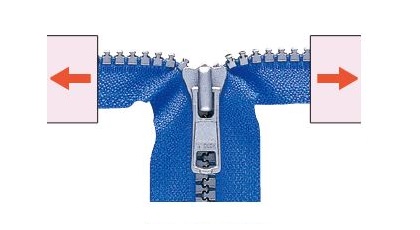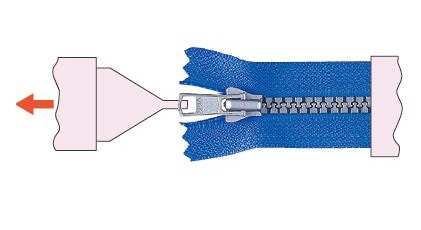What are the industry standards for zipper testing?
There are several industry standards for zipper testing that are used to evaluate the performance and quality of zippers. These standards are developed by international organizations and industry associations and are widely recognized and accepted in the zipper industry. Some of the most commonly used standards for zipper testing include:

1. ASTM D2061 - Standard Test Methods for Strength Tests for Zippers: This standard specifies the procedures for testing the strength and durability of zippers, including the pull-off strength, lateral strength, and slider locking strength.
2. ISO 12945-1 - Textiles – Determination of Fabric Abrasion Resistance – Part 1: Martindale Abrasion Test: This standard specifies the procedures for testing the abrasion resistance of zippers and zipper components, such as the tape, slider, and teeth.
3. ISO 12947-2 - Textiles – Determination of the Abrasion Resistance of Fabrics by the Martindale Method – Part 2: Determination of Specimen Breaking Force: This standard specifies the procedures for testing the breaking force of zippers and zipper components, such as the tape, slider, and teeth.
4. BS 3084 - Specification for Slide Fasteners and Components: This British standard specifies the requirements for the design, materials, and construction of zippers and zipper components, including the tape, slider, and teeth.
5. YKK Standard Test Methods: YKK, one of the world's largest zipper manufacturers, has developed its own set of testing standards for zippers. These standards cover a wide range of tests, including pull-off strength, slider torque, and tape shrinkage.

6. JIS S3015 - Testing methods for slide fastener: This Japanese industrial standard specifies the procedures for testing the strength and durability of zippers, including the pull-off strength, lateral strength, and slider locking strength.
These standards provide guidelines for performing various tests on zippers and zipper components to evaluate their strength, durability, and other performance characteristics. Manufacturers, suppliers, and users of zippers can use these standards to ensure that their products meet the required quality standards and specifications.

